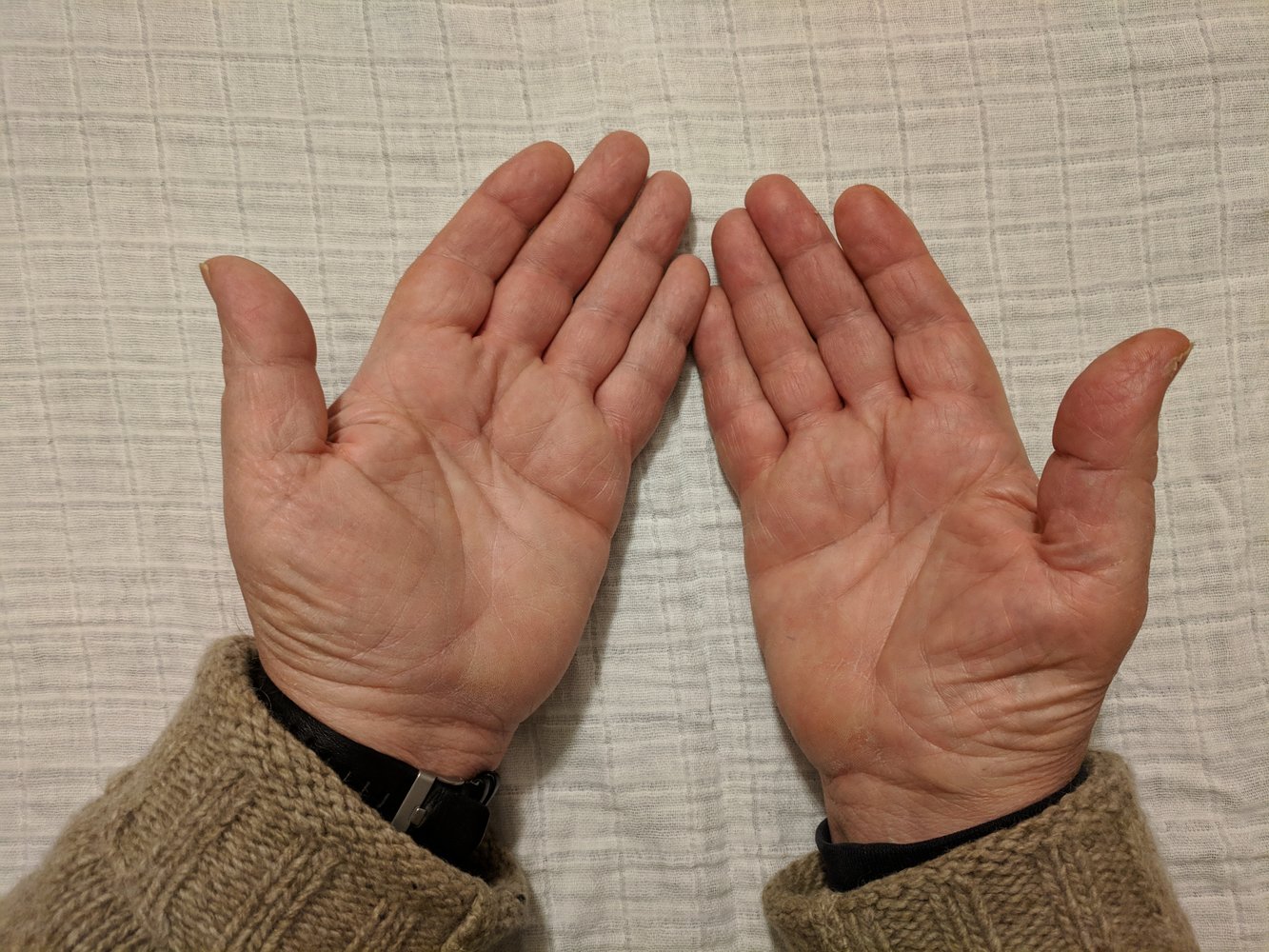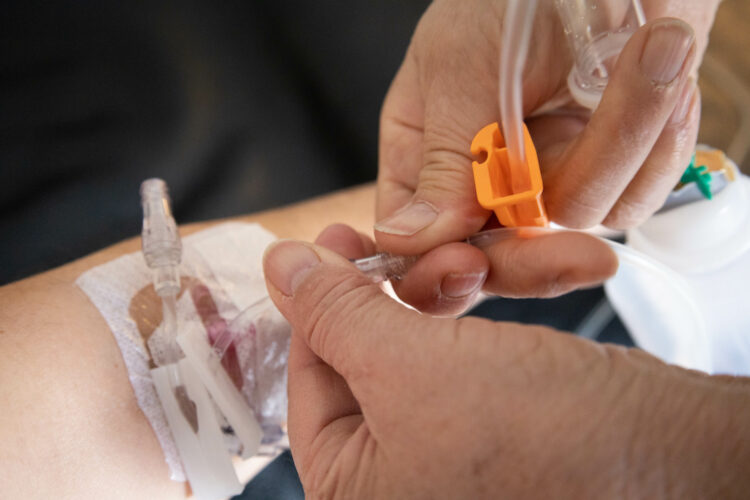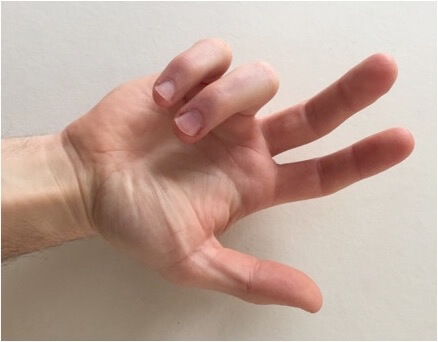Welcome to an insightful exploration on Wartenberg Syndrome, a condition that may not be widely recognized but impacts the lives of those who encounter it. If you're searching for comprehensive information about Wartenberg syndrome face issues, positive Wartenberg sign, or if you're curious about the treatment for Wartenberg syndrome, then you're in the right place.
This article aims to shed light on the medical and historical perspectives of Wartenberg Syndrome, offering you verified knowledge and practical advice. Whether you're a professional seeking information or just someone interested in medical topics, join us as we delve into the nuances of this unique syndrome.
Understanding Wartenberg Syndrome: An Overview
Wartenberg Syndrome, known variably across regions as Syndrome de Wartenberg, Sindrome di Wartenberg, or Wartenberg Syndroom, describes a peripheral neuropathy causing pain and sensory disturbances, often in the radial nerve distribution.
Despite its rarity, understanding this syndrome is crucial for accurate diagnosis and treatment.

Typically characterized by symptoms like tingling, numbness, and sometimes a noticeable weakening of hand grip, it represents a challenging neurologic condition to navigate. Its recognition across the medical community varies, yet its impact on patients can be significant.
Originating from various causes, including repetitive strain, injury, or as a post-surgical complication, it necessitates a nuanced approach for management. While it may be less known compared to other neurological conditions, early recognition and intervention can lead to effective management of symptoms, enhancing quality of life for those affected.
Identifying the Wartenberg Sign: Key Diagnostic Criteria
Central to diagnosing Wartenberg Syndrome is identifying the Wartenberg sign, a hallmark indicator characterized by an involuntary abduction of the fifth finger.
A positive Wartenberg sign, often revealed during routine neurological examinations, involves discomfort or difficulty when attempting to bring the little finger back towards the other digits, indicative of nerve impairment.
Through the Wartenberg syndrome test, healthcare professionals can assess sensory abnormalities and muscle function, crucial for distinguishing this condition from others with overlapping symptoms.
Precise identification hinges on comprehensive evaluation, including patient history and specific testing methods designed to isolate the affected nerve pathways. Mastery in detecting this sign aids in the precise diagnosis, setting the stage for targeted intervention and mitigating potential misdiagnoses, which can delay appropriate treatment.
Navigating the Complexities of Wartenberg Syndrome on the Face
Wartenberg Syndrome predominantly affects the peripheral nerves of the hand but can manifest uniquely as Wartenberg syndrome face issues, presenting a distinctive set of challenges.

This rare phenomenon involves similar sensations of numbness, tingling, or pain, albeit localized on the face, complicating both diagnosis and treatment.
The facial variant demands a multi-disciplinary approach, integrating insights from neurology and facial anatomy to ensure accurate identification and management.
Understanding the intricate nerve networks of the face is imperative for healthcare professionals to distinguish it from other neurological disorders affecting facial sensation. Education and awareness among clinicians on this potential presentation are key to enhancing detection rates and formulating effective treatment strategies, tailored to address the specific symptoms experienced by patients.
Approaching Treatment: Effective Strategies for Wartenberg Syndrome
Treatment for Wartenberg Syndrome necessitates a personalized approach, adapting to the severity and individual needs of the patient. Effective management may encompass a combination of physical therapy, aimed at restoring mobility and reducing discomfort, and medication to alleviate pain or inflammation.
In more persistent cases, Wartenberg sign treatment might extend to corticosteroid injections for immediate relief or surgical interventions to decompress the affected nerve. Early and targeted therapies are integral to maximizing recovery outcomes, ensuring individuals regain functionality and minimize the impact on their daily lives.
Collaboration between patients and healthcare providers to develop a comprehensive treatment plan, incorporating lifestyle modifications and ergonomic adjustments, is crucial. This holistic strategy not only addresses current symptoms but also empowers individuals to manage their condition proactively and prevent future exacerbations.
Classifying Wartenberg Syndrome: Understanding ICD Codes
For the medical community and insurance systems alike, understanding the classification of Wartenberg Syndrome is facilitated through its ICD codes: Wartenberg syndrome ICD 10 and its predecessor, ICD 9.
These codes serve as a shorthand, universally recognized language that helps in standardizing the diagnosis, facilitating research, and enabling the tracking of healthcare outcomes.

The transition from ICD 9 to ICD 10 brought about a more detailed categorization, allowing for greater specificity in diagnosis and treatment protocols.
Healthcare professionals and insurers rely on these codes for accurate record-keeping, ensuring patients receive appropriate care and contributing to the broader understanding of Wartenberg Syndrome within the healthcare ecosystem. Familiarity with these codes aids clinicians in seamlessly integrating care pathways and securing the necessary support resources for their patients.
Comparing Wartenberg to Other Conditions: Insights and Misdiagnoses
The distinction between Wartenberg Syndrome and similar conditions, such as migrant sensory neuritis of Wartenberg and Waardenburg syndrome, is crucial for preventing misdiagnoses and crafting effective treatment plans.
Despite sharing part of its name, Waardenburg syndrome is genetically inherited and affects pigmentation and hearing, starkly contrasting the acquired, nerve-focused nature of Wartenberg Syndrome.
Migrant sensory neuritis of Wartenberg, alternatively, presents a more fleeting form of sensory disturbance, showcasing the diverse spectrum of nerve-related ailments.
Recognizing the Wartenberg syndrome symptoms (Wartenberg syndrom symptome) versus those of other conditions necessitates a thorough clinical assessment and, often, advanced diagnostic tools. Educating healthcare providers on the nuances of these disorders enhances diagnostic accuracy, ensuring patients are directed towards the most effective interventions and avoiding the pitfalls of treating incorrect conditions.